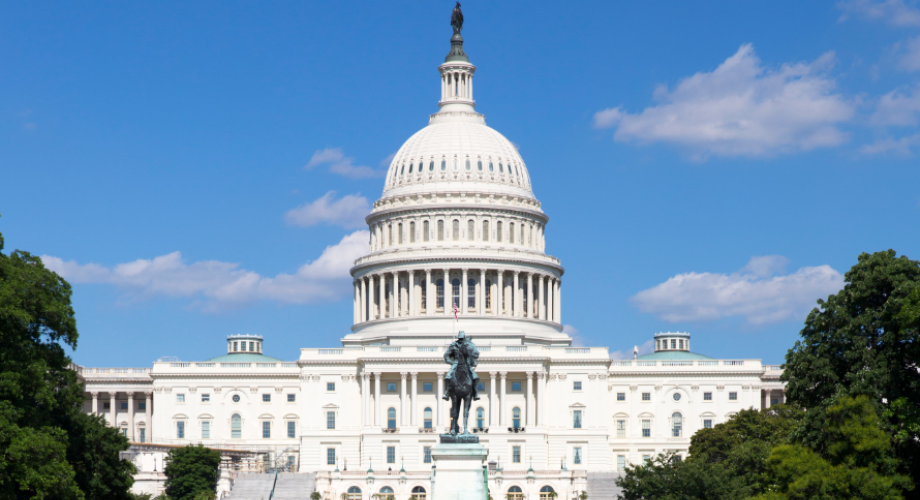WASHINGTON, D.C. – While the most notable result of the Nov. 8 election was a new administration, there were also key state and local ballot initiatives nationwide that impact the apartment industry.
At the state level, the election map closely mirrored the presidential Electoral College. The election produced greater single-party chamber control, meaning one party controlling both the Senate and House. For 2017, Republicans will control 32 chambers, an increase of two chambers from previous statewide elections; Democrats will hold 13 chambers, an increase in one; and finally, the increase in single-party control correspondingly brings with it a decrease of split chambers, both parties will split the Senate and House, to a total of four chambers. (NOTE: Nebraska's legislature is unicameral.)
Republicans will also hold a significant edge in the governor's office. Republicans will have 32 offices, an increase of two from previous elections; Democrats will have 16 offices, a corresponding decrease of two; and one Independent. At the writing of this article, the North Carolina race involving Republican incumbent Pat McCrory was still too close to call and has triggered an automatic recount. A notable observation of the states with Democrat governors is the fact that eight are classified divided states, meaning the top elected official of the state is of a different party than the legislature.
On the local ballot initiatives front, there were no fewer than 27 initiatives that impact the apartment industry. Each of these initiatives we packaged and marketed to voters under the guise of affordable housing. These included rent control, cause eviction, inclusionary zoning and a host of other initiatives harmful to the industry.
If you have any questions, please contact NAA Government Affairs.
